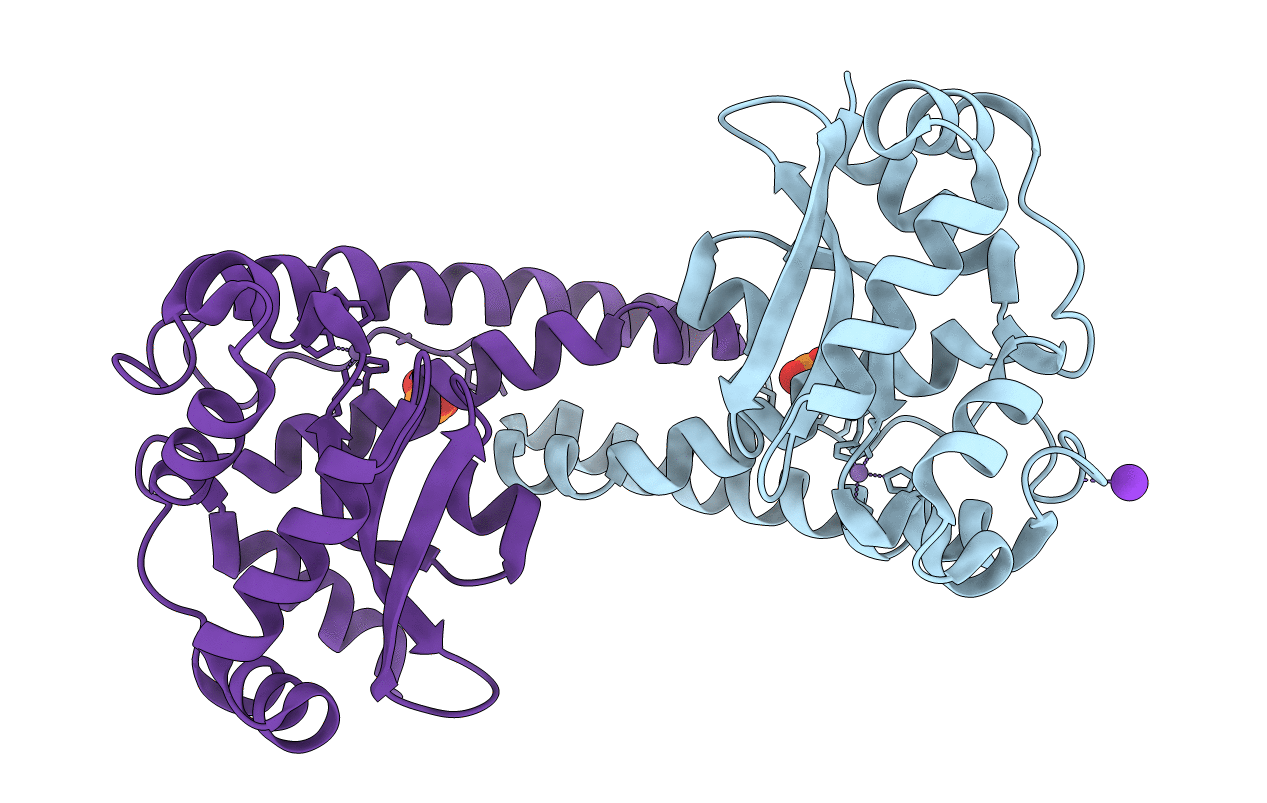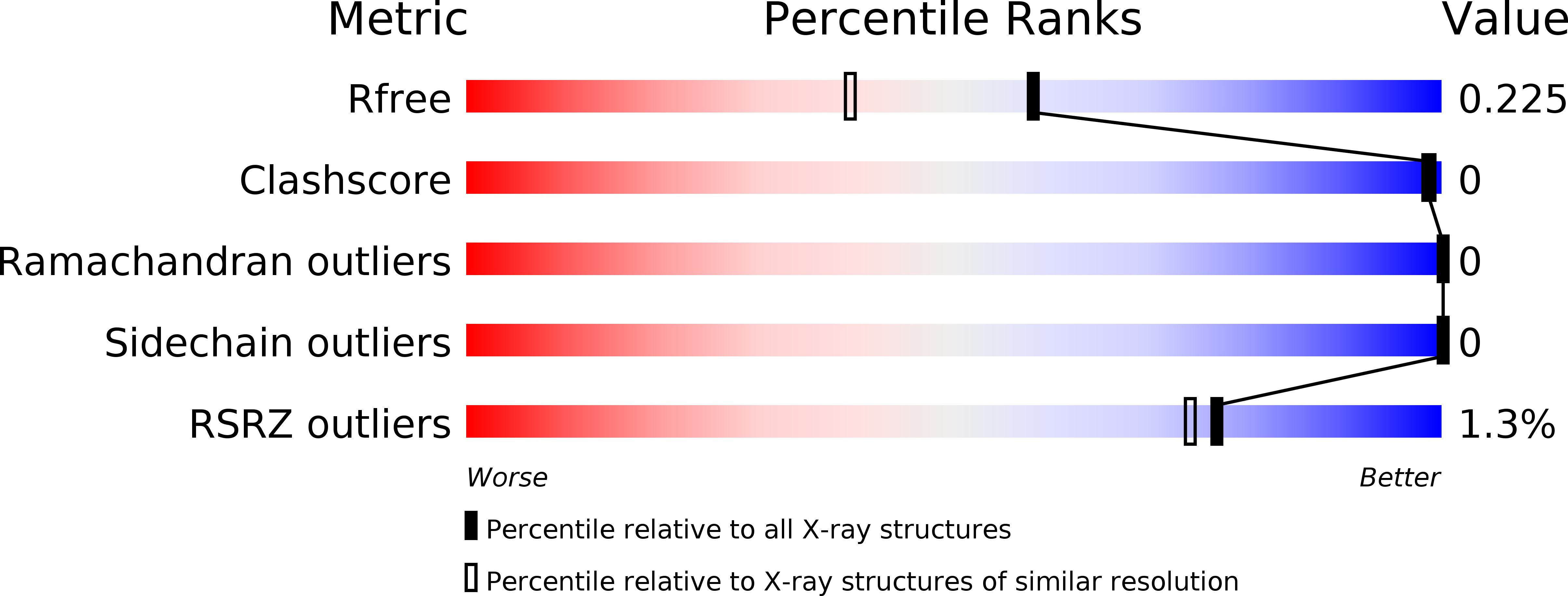
Deposition Date
2017-04-07
Release Date
2017-05-17
Last Version Date
2023-10-25
Method Details:
Experimental Method:
Resolution:
1.82 Å
R-Value Free:
0.22
R-Value Work:
0.19
R-Value Observed:
0.19
Space Group:
P 61 2 2


